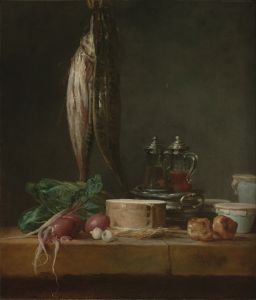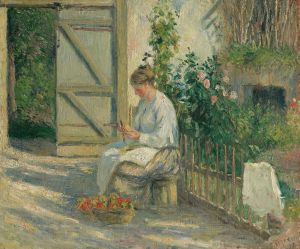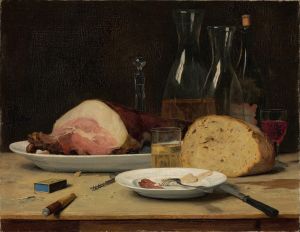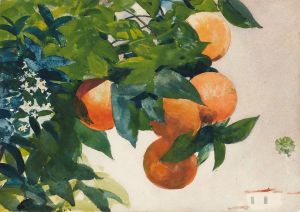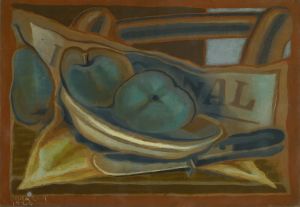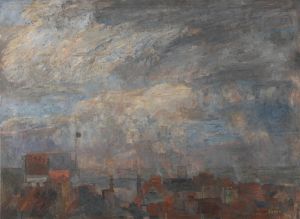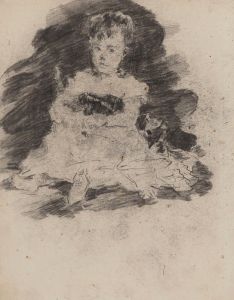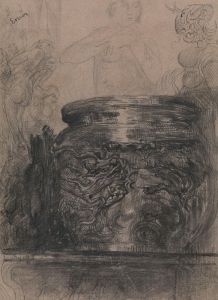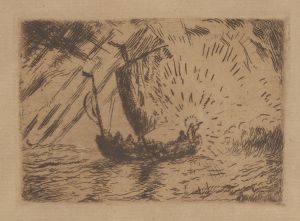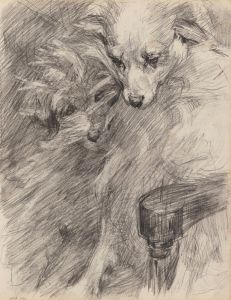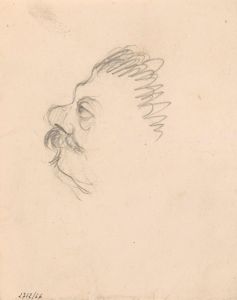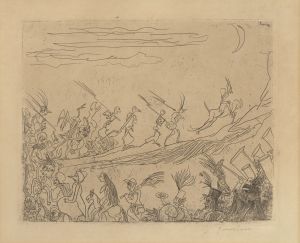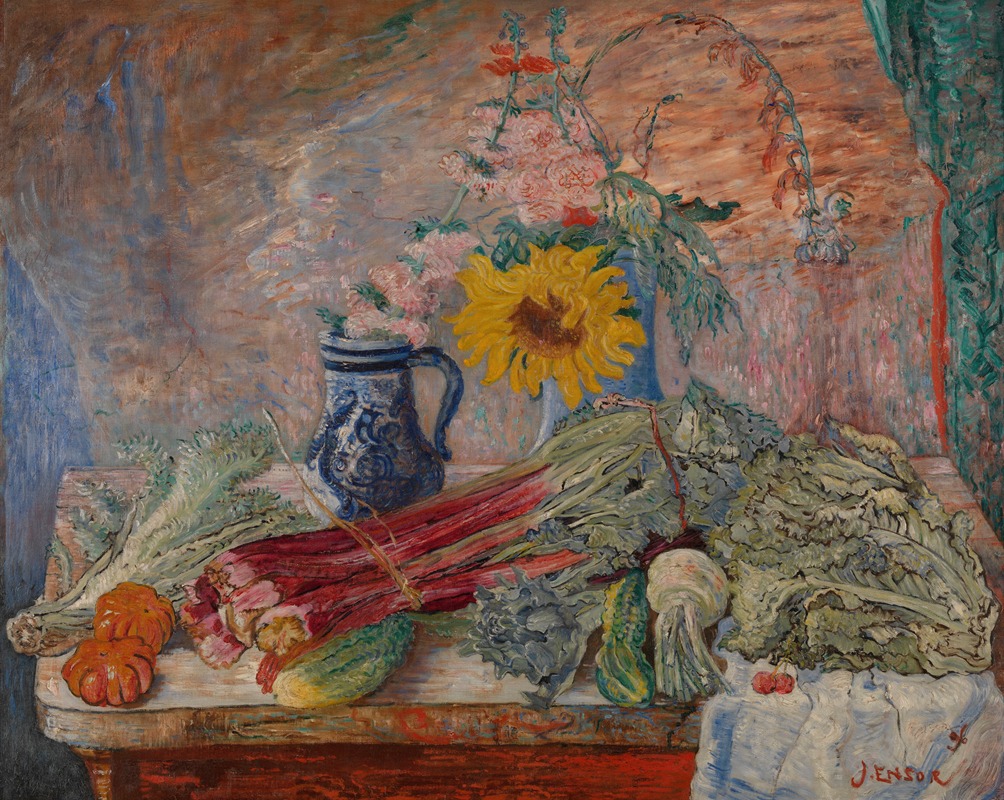
Flowers and Vegetables
A hand-painted replica of James Ensor’s masterpiece Flowers and Vegetables, meticulously crafted by professional artists to capture the true essence of the original. Each piece is created with museum-quality canvas and rare mineral pigments, carefully painted by experienced artists with delicate brushstrokes and rich, layered colors to perfectly recreate the texture of the original artwork. Unlike machine-printed reproductions, this hand-painted version brings the painting to life, infused with the artist’s emotions and skill in every stroke. Whether for personal collection or home decoration, it instantly elevates the artistic atmosphere of any space.
"Flowers and Vegetables" is a painting by the Belgian artist James Ensor, a prominent figure in the Symbolist movement and a precursor to Expressionism. Ensor, born in 1860 in Ostend, Belgium, is best known for his vivid imagination, use of bold colors, and often grotesque or satirical subject matter. While much of his work explores themes of mortality, absurdity, and social critique, "Flowers and Vegetables" represents a departure from his more macabre themes, focusing instead on a still-life composition.
This painting showcases Ensor's interest in everyday objects and his ability to infuse them with a sense of vitality and energy. The artwork depicts an arrangement of flowers and vegetables, rendered in Ensor's distinctive style. His use of color is particularly notable, with vibrant hues that bring the composition to life. The brushwork is expressive, reflecting Ensor's broader artistic tendencies toward dynamism and emotional intensity.
"Flowers and Vegetables" is part of Ensor's exploration of still-life painting, a genre he occasionally revisited throughout his career. While Ensor is more widely recognized for his larger, more complex works featuring masked figures and carnival-like scenes, his still-life paintings demonstrate his technical skill and his ability to find beauty in the mundane. These works also highlight his mastery of light and texture, as well as his innovative approach to color.
The exact date of creation for "Flowers and Vegetables" is not definitively documented, but it is consistent with Ensor's broader body of work, which spans from the late 19th century into the early 20th century. The painting reflects the influence of both traditional Flemish still-life painting and the avant-garde movements of Ensor's time, blending classical techniques with a modern sensibility.
As with many of Ensor's works, "Flowers and Vegetables" is housed in a private collection or museum, though specific details about its current location are not readily available. Ensor's legacy as an artist is firmly established, and his works, including this still life, continue to be studied and appreciated for their unique contribution to modern art.
This painting exemplifies Ensor's ability to transcend traditional artistic boundaries, offering a glimpse into his creative process and his fascination with the interplay of color, form, and light.






